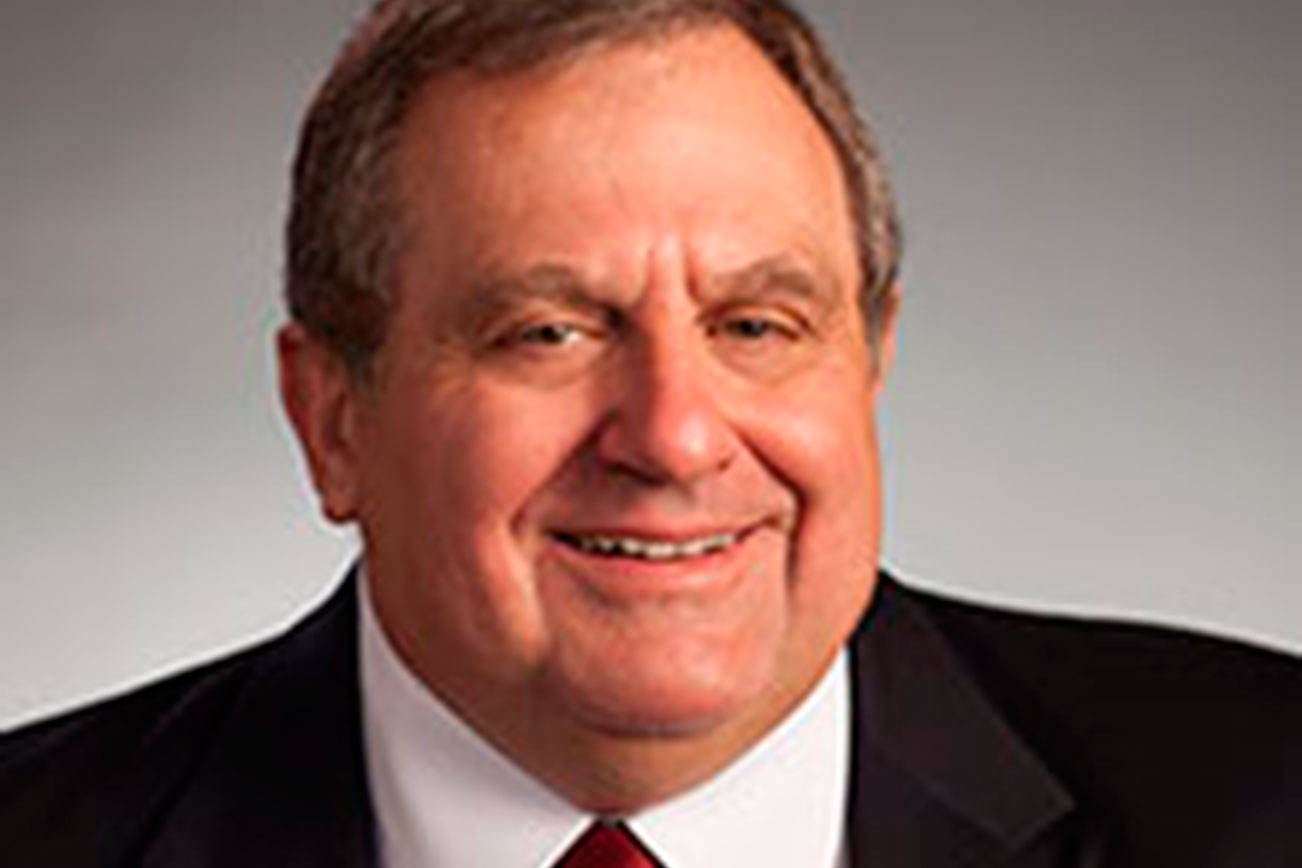Diversity in the ranks has been the lifeline of our all-volunteer military, but it wasn’t always that way.
As we celebrate Veterans Day, we ought to be thankful for all of the men and women from a variety of ethnic backgrounds who put their lives in harm’s way to protect our freedoms and make safe our way of life.
When my father was inducted into the U.S. Army during World War II, our military was segregated. That lasted until 1948 when President Harry Truman signed Executive Order 9981. Truman recognized integration was key to winning the war in Europe.
For example, Japanese-American units (Nisei) fought with allied forces to liberate Rome and Dachau, the Nazis’ original concentration camp located north of Munich. By the end of the war, the Nisei units (100th/442nd Infantry Regiment) were the most decorated units in U.S. military history.
Throughout World War II, black U.S. soldiers primarily served behind the front lines in segregated units. That changed in March 1945 when our Army took the critical bridge crossing Rhine River at Remagen. The soldiers of K Company, men from the segregationist South, joined the combat battling alongside white units.
According to the late J. Cameron Wade, who fought at Remagen, “The results [of the integration] were amazing. We ate together, slept together, fought together. There were no incidents. The Army couldn’t believe it.”
Thankfully, by the time the draft ended after the Vietnam War, the all-volunteer military was in place and men and women from all ethnic backgrounds were integrated among our military units.
For example, Lt. Gen. Calvin Waller, who was I-Corp commander at Joint Base Lewis-McChord and deputy commander of U.S. forces in the Persian Gulf War, led combat units in both the Korean and Vietnam conflicts.
“His rise from humble beginning to one of the highest-ranking African American officers in the U.S. military served as an inspiration to minority and non-minority officers,’’ President Clinton wrote upon Waller’s death in 1991.
Today, women are increasingly filling key military ranks including those in combat zones and have been seriously wounded and killed in combat.
For example. U.S. Senator Tammy Duckworth (D-Illinois), the daughter of an American development aid worker and a Thai mother of Chinese descent, lost her legs and nearly her right arm, when the helicopter she piloted was shot down by a rocket-propelled grenade in Iraq in 2004.
Lots has changed since World War II. Today’s active duty military is smaller and more racially diverse than in previous generations. The gender dynamics also have changed over the course of the past 50 years, with more women serving in the military — and as ranking officers — than ever before.
In 2017, there were roughly 1.34 million men and women serving on active duty. Pew Research reported the trend toward more women serving continues. The percentage of officers who are women has steadily grown since the 1970s. For example, in 1975, 5 percent of commissioned officers were women, and, by 2017, that share had risen to 18 percent.
Pew added a look at the racial and ethnic profile of active duty service members shows that, while the majority of the military is non-Hispanic white, black and Hispanic adults represent sizable and growing shares of our armed forces.
“In 2017, 57 percent of U.S. service members were white, 16 percent were black and 16 percent were Hispanic. Some 4 percent of all active duty personnel were Asian and an additional 6 percent identified as “other” or unknown.”
That diversity is something for which to be thankful and to celebrate this Veteran’s Day. Thanks to all veterans for their service.
–
Don C. Brunell is a business analyst, writer and columnist. He recently retired as president of the Association of Washington Business, the state’s oldest and largest business organization, and now lives in Vancouver. He can be contacted at thebrunells@msn.com.


